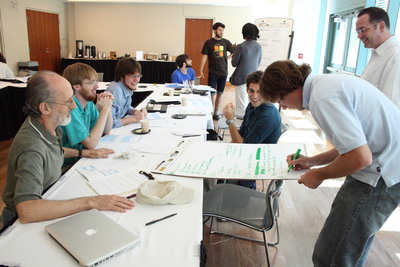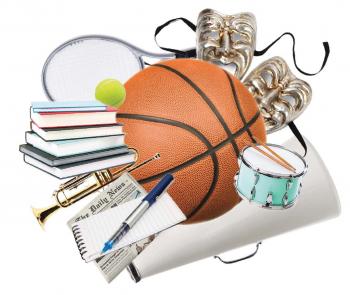A lesson plan is an instructor’s roadmap of what students need to learn and how the learning  will be accomplished. Before a lesson plan can be created, a teacher needs to identify the learning objectives of the class.¹
will be accomplished. Before a lesson plan can be created, a teacher needs to identify the learning objectives of the class.¹
An effective lesson plan integrates these three components: objectives for student learning, teaching and learning objectives, and strategies to check student understanding.¹
There are six steps to preparing an effective lesson plan. The first is outlining learning objectives. The first step is to determine what you want students to learn and be able to do at the end of class. To help develop objectives for learning, answer the following questions: what is the topic of the lesson and what do I want students to learn?¹ It is essential to rank the learning objectives in terms of their importance in order to manage class time.
The next step is to design specific activities to get students to understand and apply what they have learned. A teacher might start with a question or activity to gage students’ knowledge of the subject; you can ask students in class, through an email survey, or through comment cards.¹ This additional information can help shape your introduction.
To make an introduction interesting, an instructor might use a personal anecdote, historical event, thought-provoking dilemma, short video, or a practical question.¹
It is important that a teacher prepare several different ways of explaining material to get the attention of students.¹ The teacher needs to estimate how much time each activity will take and ensure to plan for extended discussions.
Checking for student understanding is the next step in creating a lesson plan. Brainstorm questions that test the students’ knowledge and try and predict the answers the questions will generate.¹ It is important to balance covering content and ensuring that students understand that content.¹
The next step is to develop a conclusion and a preview of the lesson plan. Go over the material covered in class by summarizing the main points of the lesson. Conclude the lesson not just by summarizing the main points, but also giving students a preview of the next lesson.¹
The last step is to create a realistic timeline. It is very easy for an instructor to run out of time during a lesson, so time management is very important. The lesson plan also needs to be continually edited during class in order to meet the needs of students.
Reference:
1. Milkova, Stiliana. University of Michigan. Strategies for Effective Lesson Planning. Retrieved May 14, 2014, from http://www.crlt.umich.edu/gsis/p2_5
Image sources: Wikimedia
© BrainMass Inc. brainmass.com June 29, 2024, 12:20 pm ad1c9bdddf
